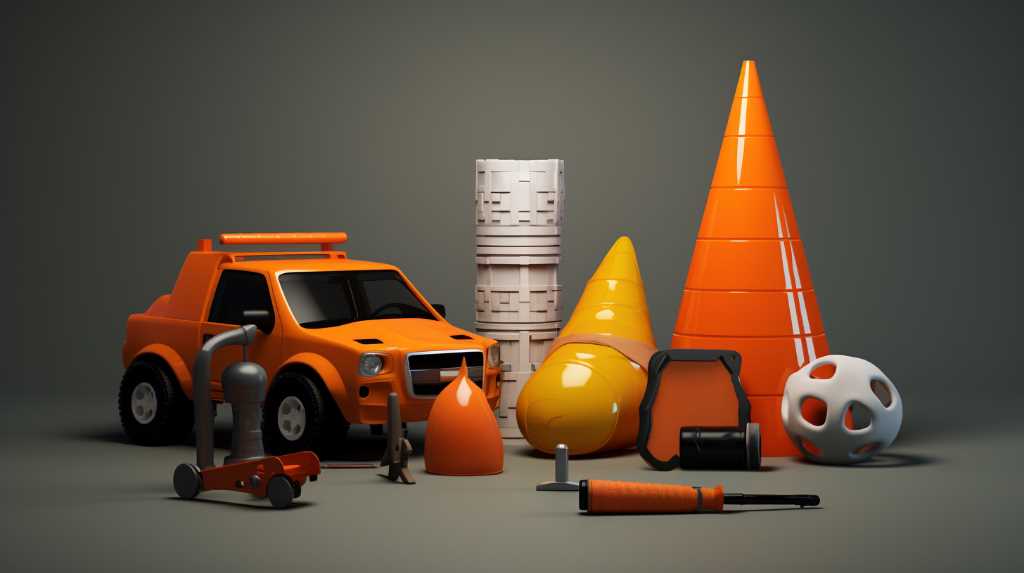
Truck accidents can lead to serious damage, but they often cause smaller injuries that still need medical attention. People in these accidents usually get minor injuries that aren’t deadly but still hurt a lot and can make everyday activities harder.
We’re going to talk about common small injuries from truck accidents, like whiplash, which happens when your neck snaps back and forth quickly, and concussions, which are when your brain gets slightly injured. We’ll also look at injuries to muscles, ligaments, and tendons, as well as cuts and scrapes that might look minor but should be checked by a doctor.
Besides the physical harm, truck accidents can also affect your mind and emotions, which is something people often forget. It’s important to take care of the mental trauma just like the physical injuries, to help those who’ve been in an accident recover fully.
Understanding Whiplash Effects
Whiplash is a common neck injury often seen in truck accidents. It happens when the neck snaps back and forth quickly, much like how a whip cracks. This usually happens in rear-end car crashes when the person’s head is thrown forward and backward suddenly. When we look at traffic accident reports, we see that a lot of the injuries involving muscles and other soft tissues are actually whiplash.
To really get what whiplash is about, we need to look at how the neck moves when it gets hit, how fast the cars were going, and how the person was sitting or standing when the crash happened. People with whiplash often start feeling neck pain, their necks get stiff, and they might get headaches, usually starting within a day after the crash. Doctors take a close look at these symptoms, how long they last, and how bad they are to figure out what the person’s recovery might look like and to come up with a treatment plan that works best for them.
Identifying Concussion Symptoms
After a minor truck accident, people might show signs of a concussion, which is a serious brain injury that needs quick medical help. It’s important to carefully check for symptoms like:
- Confusion
- Headaches
- Dizziness
- Blurry eyesight
- Trouble remembering or focusing
These symptoms can show up right away or take a few hours to develop. Keep a close eye on any changes in how the person acts, any problems with sleeping, or if they’re more bothered by light and sound.
Writing down these symptoms is key for doctors to figure out if it’s a concussion because missing it can mean a longer time to get better and could cause lasting brain problems.
Recognizing Soft Tissue Injuries
Beyond concussions, another prevalent category of injuries in minor truck accidents is soft tissue damage, which encompasses a range of non-bone injuries such as sprains, strains, and contusions. Analysis of accident reports reveals that soft tissue injuries constitute a significant portion of non-fatal road trauma. These injuries occur when the force exerted during a collision stretches muscles, ligaments, or tendons beyond their normal capacity.
Methodically, it is crucial to note the rapid onset of swelling, pain, and reduced mobility, which are indicative of such damage. Statistically, rear-end collisions are particularly associated with whiplash—a form of soft tissue injury affecting the neck.
Data-driven approaches to diagnosing these injuries typically involve physical examinations and, if necessary, imaging tests like MRI or ultrasound to confirm the extent of the injury, ensuring precise treatment protocols are established.
Assessing Cuts and Abrasions
When small truck accidents happen, people often get minor cuts and scrapes. It’s important to clean these wounds well to keep them from getting infected and help them heal right.
First, you should wash the wound to get rid of any dirt. Then, look closely at how deep and serious the cut is. Guidance from the National Institute for Health and Care Excellence (NICE) tells us that there’s a big difference between light scrapes, which usually heal on their own, and deeper cuts that might need a doctor, stitches, or special wound care products.
You should also think about the risk of tetanus and make sure the person’s tetanus shots are up to date. Taking clear photos and writing down details about the injuries can help track the healing process and decide on the best care moving forward.
Evaluating Psychological Impact
After checking for physical injuries from a small truck accident, it’s just as important to look into how it has affected people’s minds. Even though you can’t see it, a crash can leave someone with mental scars like PTSD, anxiety, depression, or a fear of driving.
To figure this out, doctors can use special questionnaires like the IES-R, which checks for signs of PTSD, or the GAD-7, which looks at anxiety levels. These tools help figure out if someone needs extra support, like therapy.
Getting help quickly is key to prevent bigger mental health issues and help someone heal completely, not just on the outside but on the inside too.
Conclusion
In short, even small truck accidents can lead to injuries like whiplash, concussions, and cuts. These injuries can hurt a person right away and cause problems later on.
It’s also important to remember that these accidents can affect someone’s mental health. Quick and accurate identification of these injuries is key to getting better.
It’s also why we need more research to find better ways to prevent these accidents and help people recover, making things easier for everyone involved.